In today’s digital era, LED screen billboards have become a powerful tool for advertising. Their eye-catching visuals, dynamic content capabilities, and high brightness make them an ideal choice for brands looking to maximize their visibility. Whether placed along highways, in city centers, or at event venues, LED screen billboards capture attention and enhance audience engagement in ways that traditional static billboards cannot.
However, before investing in an LED screen billboard, businesses must understand the key factors that determine its cost. Prices can vary significantly depending on size, resolution, installation requirements, and additional features. Without proper knowledge, buyers may end up overpaying or choosing an option that doesn’t fully meet their needs. This blog will break down the main cost components of an LED screen billboard, helping you make an informed decision that balances quality and budget.
#Muenled
#LEDscreenbillboards
All posts tagged: led display
The hardest part of starting up is starting out
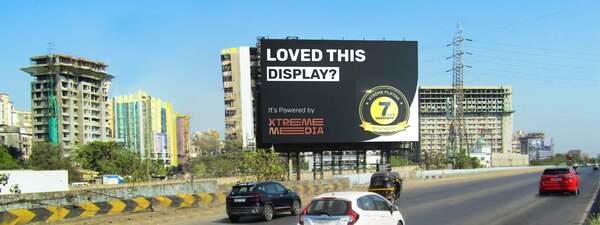
What factors determine the cost of LED screen billboards?
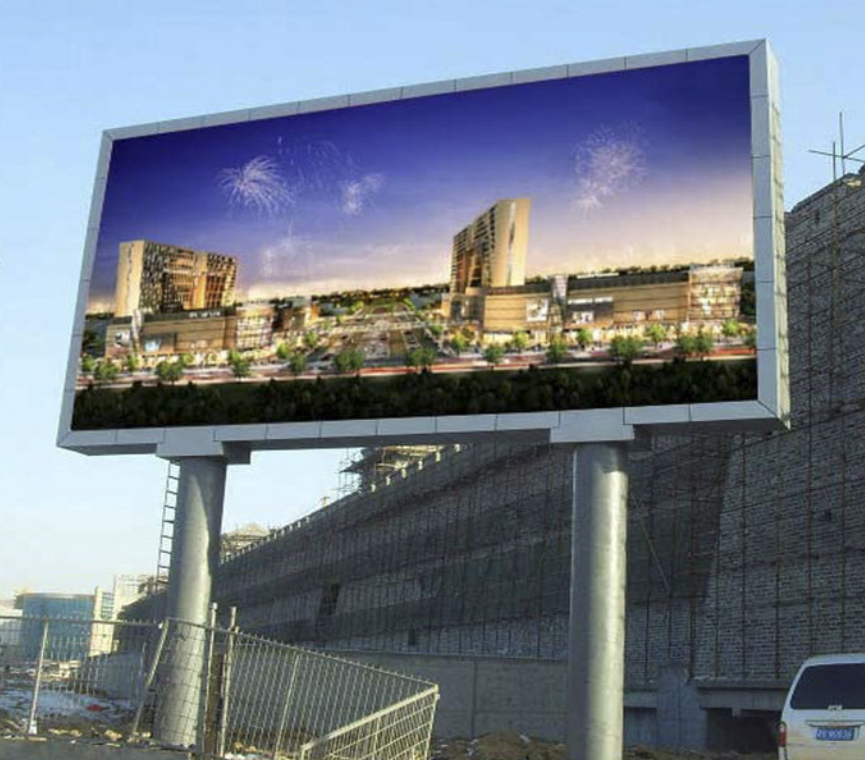
How to take protective measures for outdoor full-color LED display screens?
As a new type of outdoor advertising display product, outdoor full color LED screen is a valuable investment to enhance brand image and information dissemination. In economically developed urban areas, outdoor display advertising occupies 70% of the LED outdoor large screen advertising market. They attract people’s attention with rich and diverse information displays, colorful pictures and high brightness display effects. However, long-term exposure to harsh weather, dust and physical damage will shorten their lifespan. This blog will discuss protective measures for outdoor full color LED screen to ensure that it can display exciting content stably.
#Muenled
#outdoorleddisplay

The top solution for commercial advertising on outdoor LED billboards
In today’s competitive marketplace, companies are always looking for ways to advertise in a way that quickly catches the eye of consumers and delivers their brand message. How do you make your brand stand out from your competitors? Outdoor LED billboards may be the answer you’ve been looking for! Outdoor LED billboards, with their bright colors, dynamic displays, and flexible content updates, are quickly becoming the best advertising solution for many companies to communicate their brand, drive sales, and increase market awareness.
#Muenled
#outdoorLEDbillboards
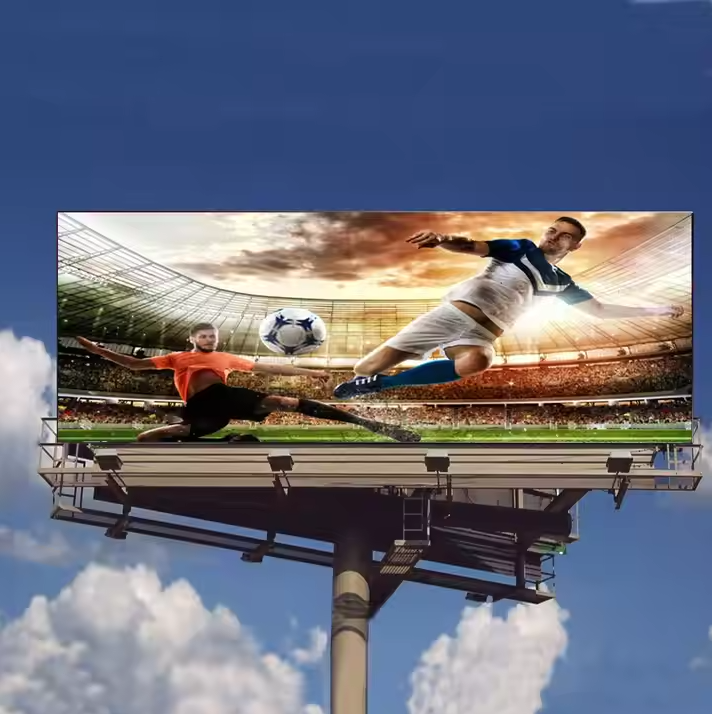
How to choose the ultimate guide for waterproof outdoor LED screens?
Outdoor LED advertising screens have become a powerful tool for businesses to attract attention and deliver impactful messages. However, outdoor environments present unique challenges such as rain, dust and extreme temperatures that can affect LED display performance and longevity. Choosing waterproof outdoor LED screens are critical to ensuring durability and reliability. This ultimate guide will give you all the information you need to make an informed decision.
#Muenled
#Outdoorleddisplay

How should LED advertising boards be priced, with their main functions and advantages?
In today’s fast-paced digital world, businesses are constantly looking for innovative ways to capture attention and drive sales, LED advertising boards have become a game-changer in the advertising industry, offering high brightness, dynamic content, and cost-effective marketing solutions. Whether for retail stores, shopping malls, transportation hubs, or outdoor billboards, these digital displays provide unmatched visibility and engagement.
In this guide, we will explore the pricing, key features, and top advantages of LED advertising boards, helping you make an informed decision when investing in this powerful marketing tool.
#Muenled
#LEDAdvertisingBoard
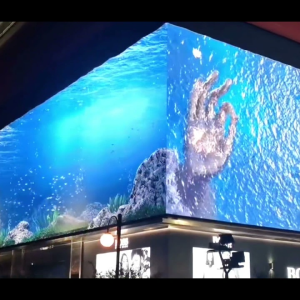
Factors affecting the price of outdoor advertising screens
In today’s fast-paced world, outdoor advertising is a powerful way to reach a broad audience. Whether it’s a digital billboard along a busy highway, an interactive screen in a shopping mall, or a massive LED display in a stadium, these screens have the ability to captivate audiences and deliver dynamic content. This article will guide you through the factors influencing the price of outdoor advertising screens, helping you make an informed decision.
#Muenled
#outdooradvertisingscreens
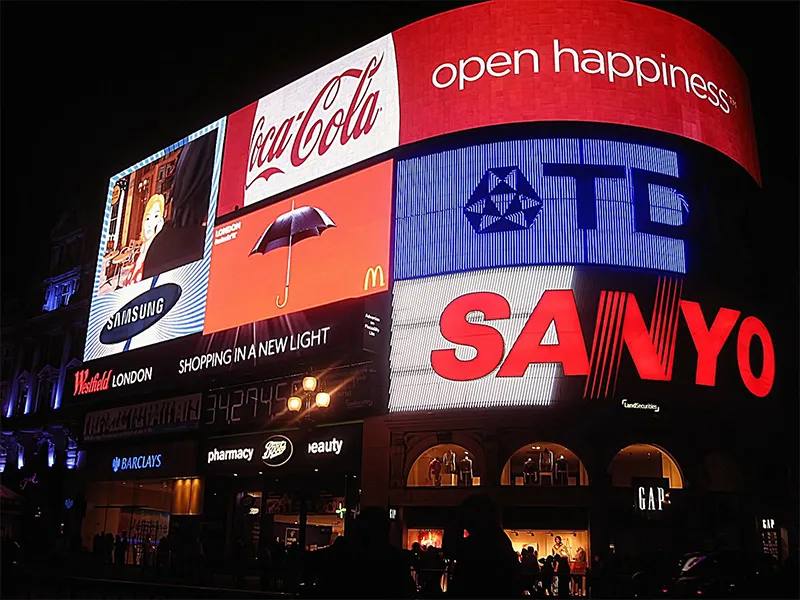
What are the technical standards for outdoor LED display screens?
Compared with indoor full-color LED displays, the resolution of outdoor LED advertising screens must reach at least 1920×1200 in order to display normally under the influence of sunlight without affecting the viewing effect. In order to adapt the outdoor LED screen to the complex and changeable outdoor environment, in addition to the resolution of the screen, the waterproof, dustproof, anti-theft, lightning protection, anti-riot, anti-reflection, anti-electromagnetic interference, etc. of the outdoor LED display need to be solved.
#Muenled
#Outdoorleddisplay
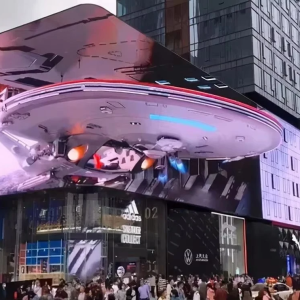
The reason why Naked-eye 3D LED Display are popular.
In recent years, glasses-free 3D has become a hot word, and wherever it appears, it will quickly become a hot topic on the Internet and a check-in point for Internet celebrities. With its three-dimensional and realistic picture display effect, it brings people a novel and shocking visual experience. It has not only become the “new favorite” of outdoor advertising, but also a new landmark of the city, releasing huge commercial value. Compared with traditional LED outdoor large screens, the development of naked-eye 3D large screens not only further enhances the image of the city, empowers the local economy, and revitalizes commercial vitality under the new consumption trend, but also enhances visual shock and interactivity, and can greatly Improve the effect of advertising communication; moreover, it does not need to wear any special glasses, so it is sought after and loved by more and more people.
#Muenled
#Nakedeye3DLEDDisplay
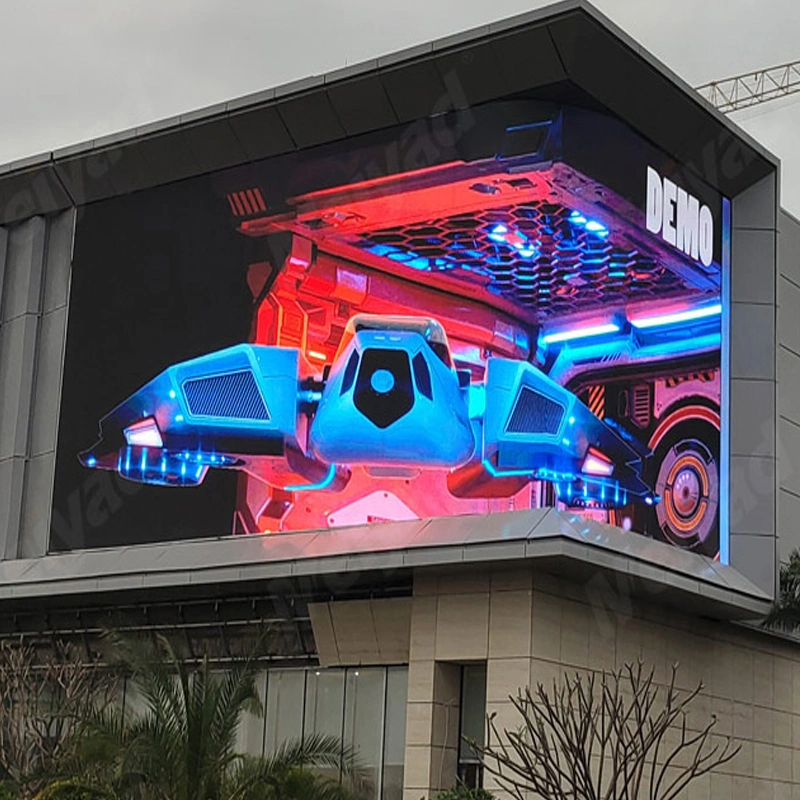
Outdoor LED 3D Billboards: Future Trends in Advertising
With the shinjuku calico cat 3D billboard video going viral, 3D billboards began to come into focus. The amazing 3D LED billboards in China have also won the favor of customers for their realistic, lifelike and impactful visual effects. If you are curious about the technology, prices, locations, features, and future development of China 3D billboard, follow me to read this post! I believe it will give you a new and exciting insight.
#Muenled
#Outdoor3DBillboards
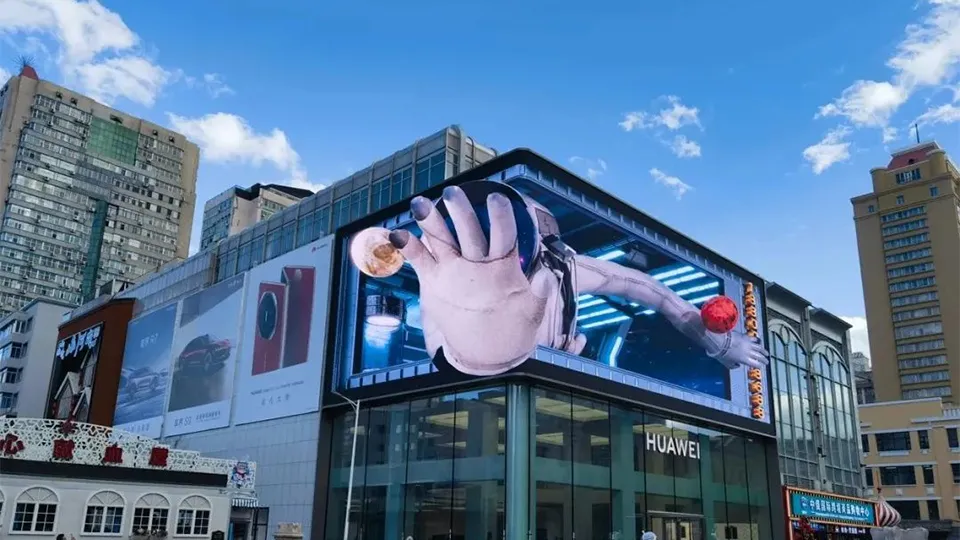
Explore the points, installation, and creative uses of outdoor LED signage screens.
Outdoor LED signs screen with its excellent visual effects and flexible application scenarios, has become an important tool in modern advertising and public information display. From the external wall of the shopping mall to the transportation hub, the outdoor LED display has attracted the attention of countless viewers with its high-definition picture, strong brightness and all-weather performance.
This article will delve into the many advantages of outdoor LED displays to help you better understand how to enhance brand awareness and optimize information dissemination through this technology.
#Muenled
#Outdoorleddisplay